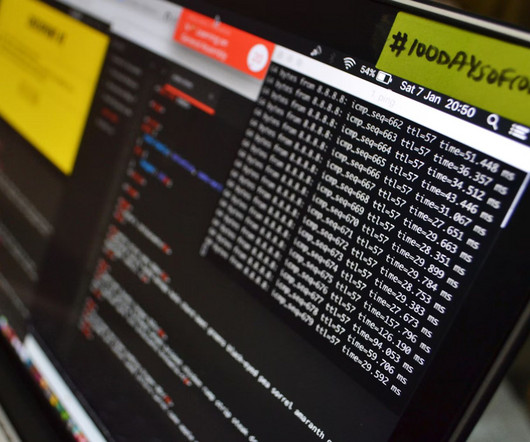Hackers are using Punycode to create authentic-looking URLs in Google ads
TechSpot
OCTOBER 24, 2023
A common tactic for getting people to download and install malware is to trick them into clicking a search ad disguised as the legit company that makes the desired software. Malwarebytes reports that attackers now use Punycode in Google Ads to make their URLs look even more authentic. Read Entire Article




















































Let's personalize your content